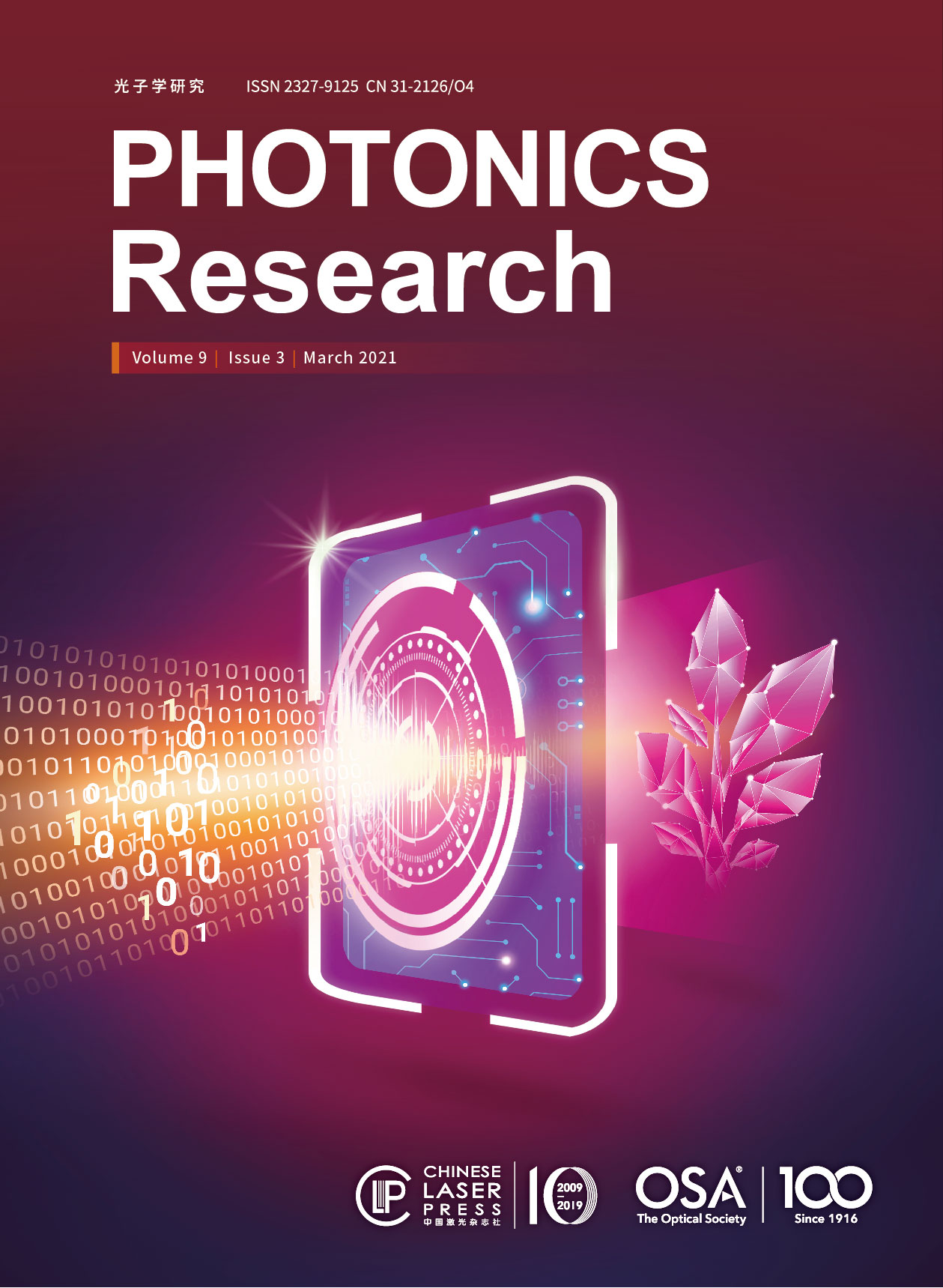Particle distribution estimation is an important issue in medical diagnosis. In particular, photon scattering in some medical devices extremely degrades image quality and causes measurement inaccuracy. The Monte Carlo (MC) algorithm is regarded as the most accurate particle estimation approach but is still time-consuming, even with graphic processing unit (GPU) acceleration. The goal of this work is to develop an automatic scatter estimation framework for high-efficiency photon distribution estimation. Specifically, a GPU-based MC simulation initially yields a raw scatter signal with a low photon number to hasten scatter generation. In the proposed method, assume that the scatter signal follows Poisson distribution, where an optimization objective function fused with sparse feature penalty is modeled. Then, an over-relaxation algorithm is deduced mathematically to solve this objective function. For optimizing the parameters in the over-relaxation algorithm, the deep
- Publication Date: Feb. 08, 2021
- Vol. 9, Issue 3, B45 (2021)
The need for high-speed imaging in applications such as biomedicine, surveillance, and consumer electronics has called for new developments of imaging systems. While the industrial effort continuously pushes the advance of silicon focal plane array image sensors, imaging through a single-pixel detector has gained significant interest thanks to the development of computational algorithms. Here, we present a new imaging modality, deep compressed imaging via optimized-pattern scanning, which can significantly increase the acquisition speed for a single-detector-based imaging system. We project and scan an illumination pattern across the object and collect the sampling signal with a single-pixel detector. We develop an innovative end-to-end optimized auto-encoder, using a deep neural network and compressed sensing algorithm, to optimize the illumination pattern, which allows us to reconstruct faithfully the image from a small number of measurements, with a high frame rate. Compared with the conventional switching-mask-based single-pixel camera and point-scanning imaging systems, our method achieves a much higher imaging speed, while retaining a similar imaging quality. We experimentally validated this imaging modality in the settings of both continuous-wave illumination and pulsed light illumination and showed high-quality image reconstructions with a high compressed sampling rate. This new compressed sensing modality could be widely applied in different imaging systems, enabling new applications that require high imaging speeds.
.- Publication Date: Mar. 01, 2021
- Vol. 9, Issue 3, B57 (2021)
We propose a practical scheme for end-to-end optical backpropagation in neural networks. Using saturable absorption for the nonlinear units, we find that the backward-propagating gradients required to train the network can be approximated in a surprisingly simple pump-probe scheme that requires only simple passive optical elements. Simulations show that, with readily obtainable optical depths, our approach can achieve equivalent performance to state-of-the-art computational networks on image classification benchmarks, even in deep networks with multiple sequential gradient approximation. With backpropagation through nonlinear units being an outstanding challenge to the field, this work provides a feasible path toward truly all-optical neural networks.
.- Publication Date: Mar. 01, 2021
- Vol. 9, Issue 3, B71 (2021)
- Publication Date: Feb. 05, 2021
- Vol. 9, Issue 3, 272 (2021)
- Publication Date: Feb. 10, 2021
- Vol. 9, Issue 3, 289 (2021)
- Publication Date: Feb. 22, 2021
- Vol. 9, Issue 3, 357 (2021)
- Publication Date: Feb. 10, 2021
- Vol. 9, Issue 3, 299 (2021)
- Publication Date: Feb. 11, 2021
- Vol. 9, Issue 3, 317 (2021)
- Publication Date: Feb. 19, 2021
- Vol. 9, Issue 3, 324 (2021)
- Publication Date: Feb. 22, 2021
- Vol. 9, Issue 3, 351 (2021)
- Publication Date: Mar. 01, 2021
- Vol. 9, Issue 3, 395 (2021)
- Publication Date: Mar. 01, 2021
- Vol. 9, Issue 3, 364 (2021)
- Publication Date: Mar. 01, 2021
- Vol. 9, Issue 3, 370 (2021)
- Publication Date: Mar. 01, 2021
- Vol. 9, Issue 3, 389 (2021)
- Publication Date: Mar. 01, 2021
- Vol. 9, Issue 3, 405 (2021)
- Publication Date: Feb. 11, 2021
- Vol. 9, Issue 3, 308 (2021)
- Publication Date: Feb. 19, 2021
- Vol. 9, Issue 3, 331 (2021)
- Publication Date: Feb. 19, 2021
- Vol. 9, Issue 3, 344 (2021)
- Publication Date: Mar. 01, 2021
- Vol. 9, Issue 3, 379 (2021)
- Publication Date: Mar. 01, 2021
- Vol. 9, Issue 3, 416 (2021)
About the Cover
A new deep compressed imaging modality enables high speed image acquisition and high fidelity object reconstruction.















